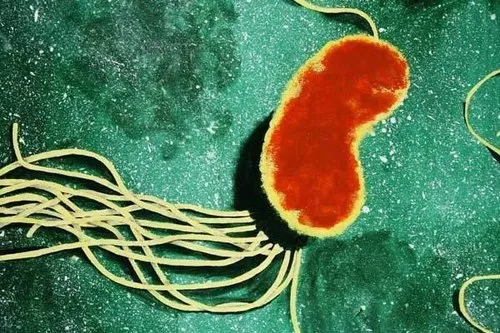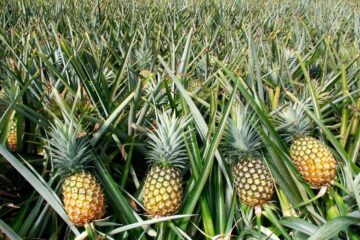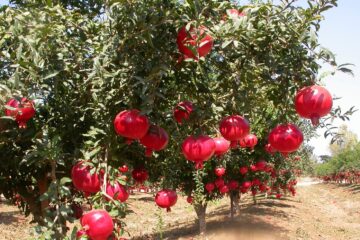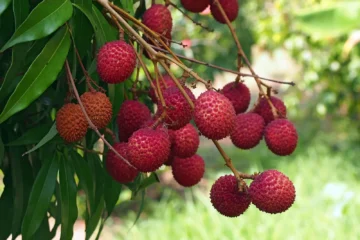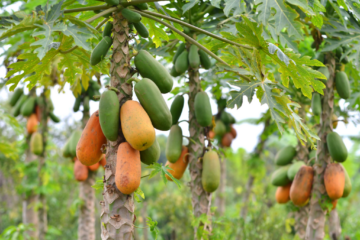In the pursuit of protecting crops from diseases, various control measures are employed. Among them, chemical pesticides play a significant role. However, the continuous use of chemical pesticides leads to environmental pollution, resistance development in pathogens, and the contamination of agricultural products, affecting human health. Due to the high cost of pesticides, many farmers cannot afford them. To mitigate these issues and control crop diseases effectively, it is essential to adopt biological disease management methods.
In integrated crop disease management, biological control agents play a crucial role. Pseudomonas fluorescens, a bacterium, is widely used as a biocontrol agent. It is produced in large quantities on talc powder. This bacterium effectively controls pathogens without harming beneficial organisms. Unlike chemical pesticides, Pseudomonas fluorescens does not cause environmental pollution or lead to the development of resistance in pathogens.
Applications of Pseudomonas Fluorescens
Rice: Sheath Blight and Leaf Blight
- Seed Treatment: Soak one kilogram of seeds in a solution containing 10 grams of Pseudomonas fluorescens overnight. Drain the water and use it to irrigate the nursery bed.
- Seedling Drenching: Mix 2.5 kilograms of Pseudomonas fluorescens in the water used for a 25 square meter nursery bed and soak the seedlings for at least half an hour before transplanting. Prolonged soaking enhances efficacy.
- Field Application: Apply 2.5 kilograms of Pseudomonas fluorescens mixed with 50 kilograms of well-rotted compost or sand 30 days after transplanting.
- Foliar Spray: Apply a 0.2% solution of Pseudomonas fluorescens 45 days after transplanting, with subsequent sprays at ten-day intervals depending on disease severity.
Finger Millet: Sheath Blight
- Seed Treatment: Mix 10 grams of Pseudomonas fluorescens per kilogram of seeds before sowing.
- Foliar Spray: Apply a 0.2% solution at ten-day intervals, depending on disease severity.
Groundnut, Sesame, Sunflower, Cotton, Pulses: Root Rot and Wilt
- Seed Treatment: Mix 10 grams of Pseudomonas fluorescens per kilogram of seeds before sowing.
Vegetables: Damping-off and Seedling Blight
- Seed Treatment: For crops like tomato, brinjal, chilli, bitter gourd, and pumpkin, mix 10 grams of Pseudomonas fluorescens per kilogram of seeds before sowing.
Banana: Wilt and Fruit Rot
- Plant Treatment: Dip the corms in a slurry made by mixing Pseudomonas fluorescens with clay before planting.
- Stem Spray: Apply a 0.5% solution after the last leaf appears and continue at 30-day intervals until harvest.
Mango: Anthracnose and Fruit Rot
- Fruit Spray: Apply a 0.5% solution 15 days after fruit set and continue at 30-day intervals until harvest.
Precautions
- Do not mix Pseudomonas fluorescens with chemical pesticides or fungicides.
- It can be mixed with other biofertilizers.
- Use the prepared Pseudomonas fluorescens formulation within four months.
Benefits
- Cost-effective method for disease management.
- Enhances crop growth and yield.
- Controls seed and soil-borne pathogens.
- Boosts the disease resistance of crops.
- Utilizes soil minerals and multiplies, providing long-term protection.
- Does not harm other beneficial organisms or soil fauna like earthworms.
Conclusion
Pseudomonas fluorescens is a viable alternative to chemical pesticides, offering effective disease control without the associated environmental and health risks. By integrating this biocontrol agent into farming practices, farmers can achieve sustainable and healthy crop production.
Dr. Gayathri Subbiah, Dr. P. Kumaravel, Agricultural Science Center, Kattupakkam.

